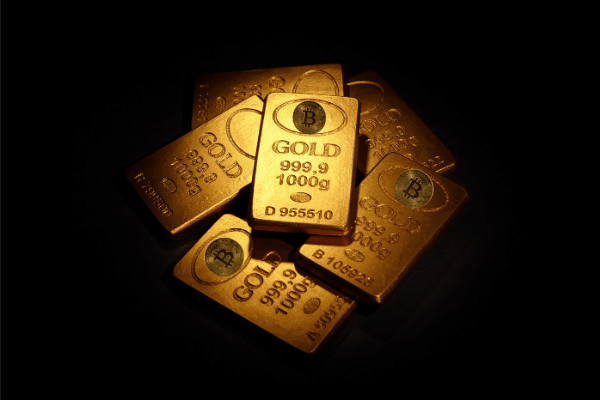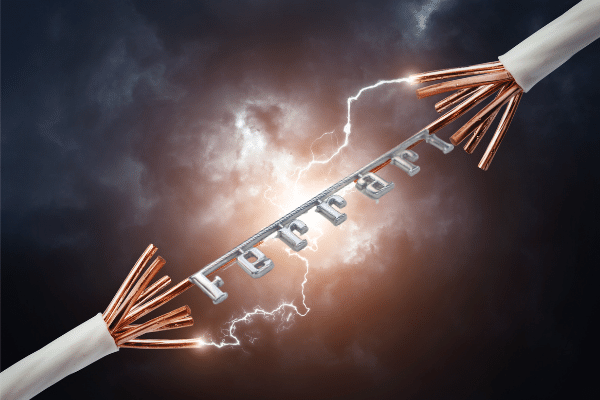
-
High expectations for a rally in gold were not met this year as the precious metal had its worst start in three decades
-
Gold prices are coming under increasing pressure from both a resilient dollar, increasing Treasury yields and tepid inflation
Right up to the fourth quarter of 2020, analysts from both Goldman Sachs (+1.85%) and Citigroup (+3.62%) were both predicting a rally for gold right through to 2023 on the back of prolonged low interest rates and the prospect of inflation because of greater fiscal stimulus.
Gold hit a record high in 2020 on the back of fiscal stimulus and loose monetary policy and expectations were high that it would continue to do well this year, yet the precious metal is off to its worst start in three decades.
Spot prices for bullion touched a 7-month low on Friday before erasing losses as the dollar moved lower, but gold is still down a full 6% this year alone, even as other asset classes have risen.
Gold, which surged last year on pandemic panic-induced haven buying, low interest rates and stimulus spending, is now 2021’s worst performer compared with other commodities and facing a host of unexpected stumbling blocks to any further rally.
A resilient dollar and a rally in U.S. Treasury yields has made the holding costs of gold higher – because gold has no yield, higher yields in “safe” U.S. government debt makes the cost of holding gold, a non-yielding asset, higher.
And even though inflation expectations have climbed, with U.S. 10-year Treasury Bill break even levels (after accounting for inflation) reaching their highest this week since 2014, gold has not responded as the inflation hedge that many investors may have been expecting.
Nonetheless, there are still some who see gold as being a good investment, and possibly hitting even US$2,000 before the end of the year, betting that the inability of governments and central banks to normalize stimulus policy will ultimately support the previous metal.



